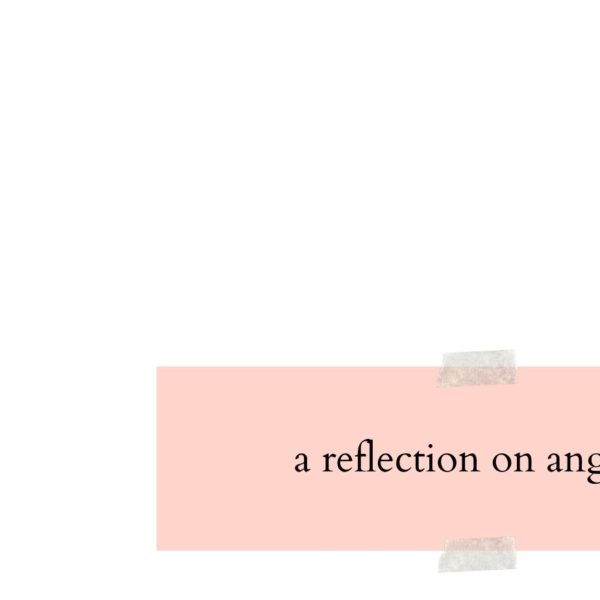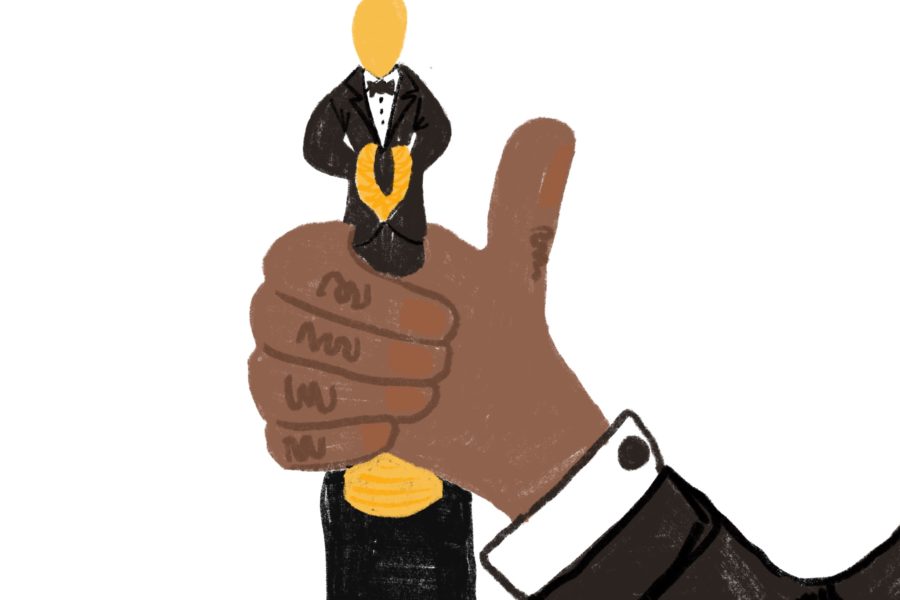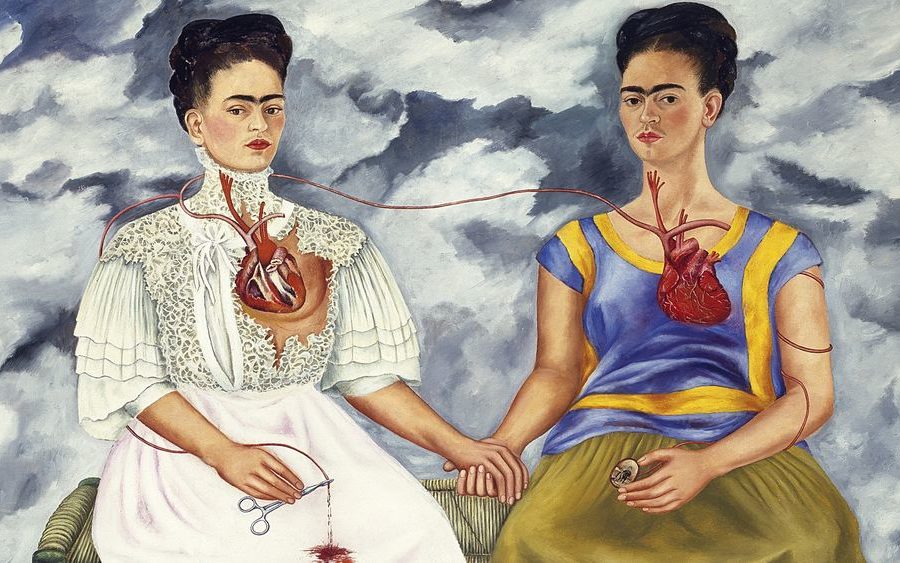Anger is an emotion that is highly influenced by gender. That is not to say that men are angrier beings. This is a popular misconception that plays into gender stereotypes of men being allowed to feel anger more than others, when in fact all genders feel anger equally and as intensely as one another.

Anger and Gender: Equal but not the Same
Hannah Devlin, the Guardian’s science correspondent, notes that the amygdala, the region in the brain where the sensation of anger is triggered, is the same size in all humans. She also notes that that while the amygdala is the same size, one study from the University of Pennsylvania’s School of Medicine, found that while the amygdala is the same size in all sexes, the orbital frontal cortex, which is involved in controlling aggressive impulses, is much larger in female brains. While many scientists look at this as a potential factor for the different expressions of anger between the sexes, our understanding of the brain is still so limited that this does not demonstrate the extent to which biology can explain gendered anger.
Likewise, when looking at a sociological function such as anger, to not look at environmental societal factors would be to fall into the dangerous excuse that we cannot have control of our emotions, or that basic biology and societal constructs are the same thing.
The stereotypes for gendered expression of anger are all too well known. Traditionally, men are more aggressive in their demonstration of anger, while women demonstrate anger through sadness. These two parallels are explicitly based on a hegemonic relationship between genders: they are not equal. Here is an example of why that is so:
In Anne Summer’s article on why rage is a luxury for women, she references Dr Christine Blasey Ford’s testimony against Judge Brett Kavanaugh for sexual assault when it was being determined whether he could ascend to the Supreme Court in September 2018. During their second hearing, Kavanaugh’s behaviour was overtly aggressive, demonstrating outrage, arrogance, and rudeness to Senator Amy Klobuche. When asked if he had ever blacked out while drinking, he replied “I don’t know, have you?” His outrageous behaviour undermined any empathy felt for Ford’s sadness whose story of sexual assault was made less credible by his outrage. The worst thing was that his aggressive behaviour had been taught to him by the White House counsel so that his shock and rage at such accusations made it look like he was the aggrieved victim of fake allegations. He assumed office that October.
While aggression is now often frowned upon in personal settings such as the domestic sphere, it is still very prevalent in professional spheres where business negotiations are more likely to succeed if anger is shown. Likewise, since this is the masculine trait of anger, it is often only rewarded when men act so in the workplace.
Alternatively, let’s take into account the phrase that boys are often told, “don’t cry, you’re acting like a girl.” Here we see that if men express their anger through sadness, the “more feminine” trait, they are accused of being weak. Not only is this denial of expression and emotional processing on a personal level, but on a gendered level women are seen as weak and boys are told that they must be/are inherently stronger than a whole gender of people. Not only does this contribute to the oppression of women and non-binary people, but men are unable to express anger in a healthy manner, or at all when aware that aggression is a dangerous expression of anger. In a 2005 survey conducted on 1800 participants across the ages of 18-94 in the US, men subscribed to the statement “I keep my emotions to myself” roughly 15% more than women did.
Likewise when women try to express themselves as visibly angry, whether that be through aggression or just verbal statements of feeling anger rather than sadness, they are gaslit and called “emotional”, “bitchy”, “bossy”, or told they are “overreacting”. It is a perplexing merge of the expectation of emotion followed by the denial of rational anger through its contempt. All this implies that anger on a woman is dangerous and undesirable, and therefore means that they are denied the expression or even the feeling of anger when such tropes are so internalised. This is why they are forced to navigate anger through sadness or other emotions. Therefore, while women have more leeway for emotional expression than men, it is often forced to be presented in a manner that is acceptable to patriarchal standards rather than how the woman may be truly feeling.
Expression of anger from a non-binary lens is sadly something which is lacking in research, but if research so far demonstrates that masculine aggression is the only recognised form of anger, then on a wider societal level anger is often only seen through a dangerous perspective rather than something that can be rational and constructive. And yes, it really can be used for good.
Anger can be a means of motivation and compassion for both the self and the collective. In her essay The Uses of Anger, Audre Lorde eloquently states:
I am a Lesbian woman of Color whose children eat regularly because I work in a university. If their full bellies make me fail to recognize my commonality with a woman of Color whose children do not eat because she cannot find work, or who has no children because her insides are rotted from home abortions and sterilization; if I fail to recognize the Lesbian who chooses not to have children, the woman who remains closeted because her homophobic community is her only life support, the woman who chooses silence instead of another death, the woman who is terrified lest my anger trigger the explosion of hers; if I fail to recognize them as other faces of myself, then I am contributing not only to each of their oppressions but also to my own, and the anger which stands between us then must be used for clarity and mutual empowerment, not for evasion by guilt or for further separation. I am not free while any woman is unfree, even when her shackles are very different from my own. And I am not free as long as one person of Color remains chained. Nor is any one of you.
This is exactly why our theme for this month is ‘anger’: because as an intersectional collective we feel we have something to be angry about, and want to positively express and channel that anger into support and constructive change. That does not, however, mean that we are still not learning how to process our anger on a personal level; and with that in mind, I asked our team how they process their anger in the hope that it can come as a source of reflection and potential inspiration for you, our lovely reader:
Sangs:
When I get angry, I start crying. I’m capable of channelling that anger into something I care about, but crying allows me to express my feelings physically, and come closer to moving forward.
Elsa:
When I’m trying to cope with anger, I go for a walk with my camera to try and find things and compositions around me that are powerful or restore an inch of my faith in humanity in some way. I really want to get better at confrontation though, I’m so guilty of hiding if I’m hurt or angry because I don’t want to disrupt other’s lives.
Lilah:
When I’m feeling any strong emotion, anger included I watch an episode of one of my favourite tv shows and am immediately transported away from what I’m angry at into a happy place- it helps the moment pass. Once I am feeling better it’s easier to think through what I’m angry at clearly.
Beth:
When I’m angry I walk and walk and walk and try and process the feeling of it through movement without necessarily thinking too much about what is making me angry. Then when I come home, if I am in a place where I feel more comfortable and safe I allow myself to think about the cause of the anger and hopefully channel it into something creative but if not, I either have a good cry or ask for a hug.
Manvir Dobb, Arts and Culture Editor
header image (Truth Coming Out of her Well to Shame Mankind by Jean-Léon Gérôme) via Wikipedia






Leave a Comment